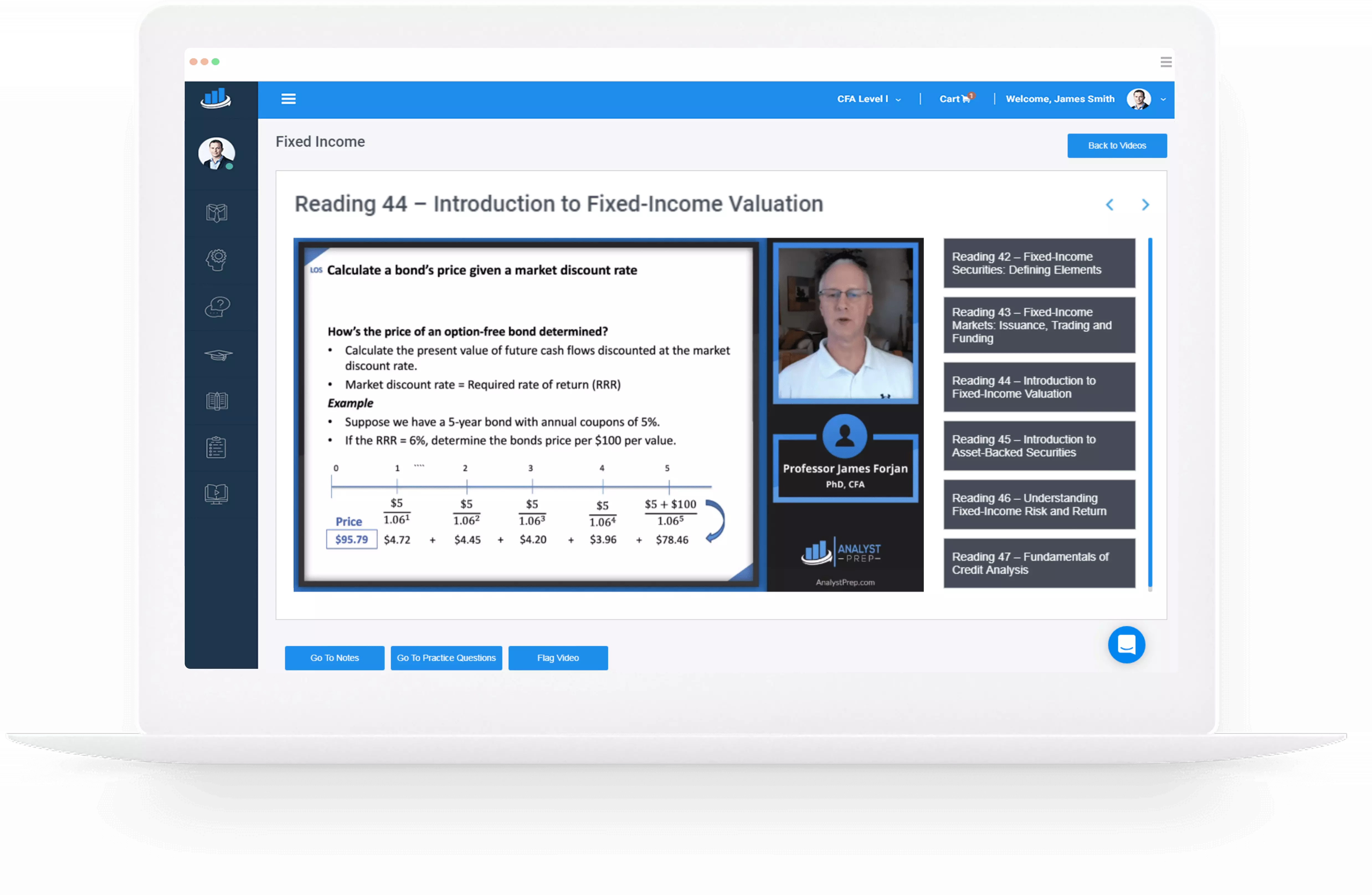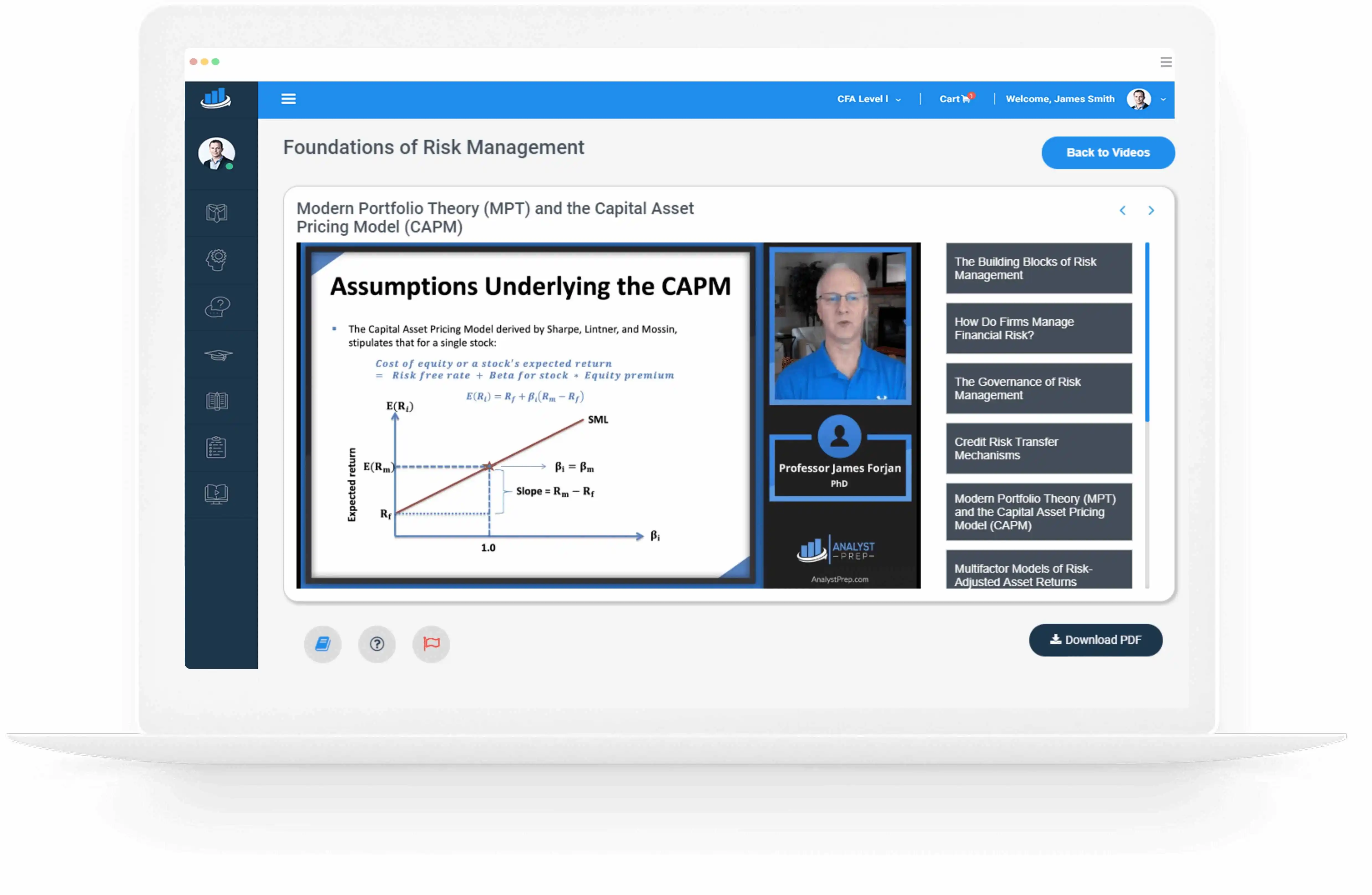Public vs. Private Equity Securities
Investment Characteristics: Public Equity: Offers easier market entry and exit, and is subject to market fluctuations and transparency. Private Equity: Provides potential for higher returns due to illiquidity and limited access, with a focus on long-term growth and strategic development….
Risk and Return of Equity Securities
[vsw id=”dzzqUd0SqtQ” source=”youtube” width=”611″ height=”344″ autoplay=”no”] The type of security and its features affect its risk/return profile. Therefore, as an investor’s risk increases, its expected return should also increase to compensate. Equity Return Characteristics There are two main sources of…
Role of Equity Securities
[vsw id=”dzzqUd0SqtQ” source=”youtube” width=”611″ height=”344″ autoplay=”no”] Companies issue equity securities in the primary markets to raise capital and increase liquidity. Having public shares also gives the company another currency to make acquisitions with or incentivize employees. Raising capital aims to…
Market Value vs. Book Value of Equity Securities
[vsw id=”dzzqUd0SqtQ” source=”youtube” width=”611″ height=”344″ autoplay=”no”] The book value of a company’s equity reflects the historical operating and financing decisions of its management. The market value of the company’s equity reflects these decisions as well as investors’ collective assessment and…
Industry Analysis
[vsw id=”labqtlwTF_c” source=”youtube” width=”611″ height=”344″ autoplay=”no”] Effective industry analysis helps to provide a framework for company analysis. Uses of Industry Analysis Understanding a company’s business and business environment: a critical step in stock valuation and credit analysis Identifying active equity…
Industry Classification Systems
[vsw id=”labqtlwTF_c” source=”youtube” width=”611″ height=”344″ autoplay=”no”] Industry classification attempts to place companies into groups based on commonalities. There are three major approaches to industry classification. Current Industry Classification Systems Commercial Industry Classification Systems Global Industry Classification Standard: developed by Standard…
Factors that Affect Sensitivity to Business Cycles
[vsw id=”labqtlwTF_c” source=”youtube” width=”611″ height=”344″ autoplay=”no”] Sensitivity Factors A cyclical company is likely to experience wider-than-average fluctuations in demand, high demand in economic expansion, and low demand in economic contraction. It may be subject to greater-than-average profit variability related to…
Peer Group for Equity Valuation
A company’s industry classification is useful as a starting point for identifying a company’s peer group. While some comparable companies are likely to exist within the same industry group, others will likely require significant adjustments before comparison or compete in…
Elements Covered in a Thorough Industry Analysis
Thorough industry analysis will often split the industry into strategic groups (groups sharing distinct business models or catering to specific market segments in an industry). The analysis will likely involve identifying the industry’s life-cycle, usually placing the industry somewhere…
Company’s Cost of Equity
[vsw id=”dzzqUd0SqtQ” source=”youtube” width=”611″ height=”344″ autoplay=”no”] Required rates of return describe the reward investors expect from taking on a given level of risk. Cost of Equity The cost of equity is the minimum return a company must offer to attract…




